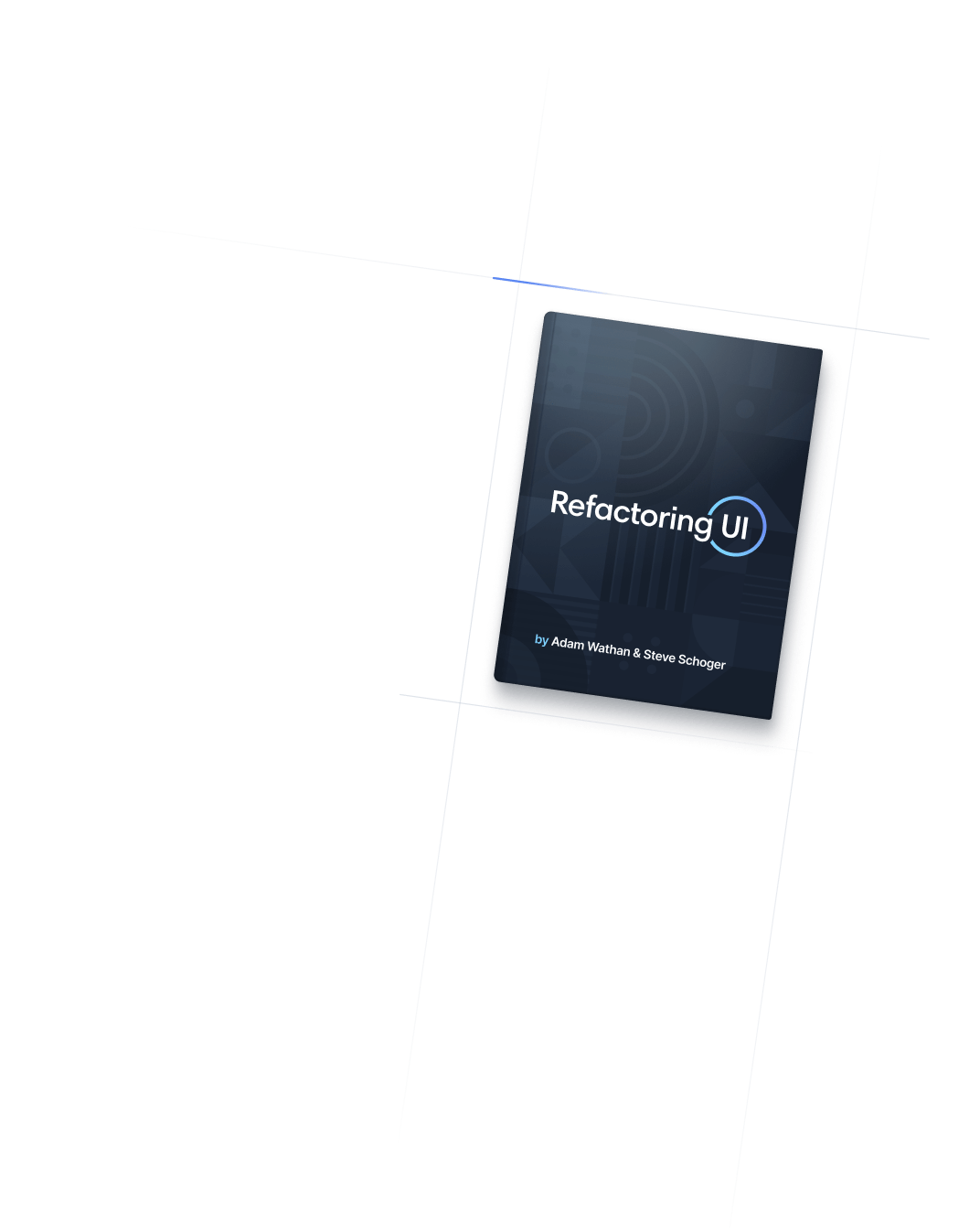
- Backgrounds
- Background Image
Backgrounds
Background Image
Utilities for controlling an element's background image.
Quick reference
Basic usage
Linear gradients
To give an element a linear gradient background, use one of the bg-gradient-{direction} utilities, in combination with the gradient color stop utilities.
<div class="h-14 bg-gradient-to-r from-cyan-500 to-blue-500"></div>
<div class="h-14 bg-gradient-to-r from-sky-500 to-indigo-500"></div>
<div class="h-14 bg-gradient-to-r from-violet-500 to-fuchsia-500"></div>
<div class="h-14 bg-gradient-to-r from-purple-500 to-pink-500"></div>Applying conditionally
Hover, focus, and other states
Tailwind lets you conditionally apply utility classes in different states using variant modifiers. For example, use hover:bg-gradient-to-r to only apply the bg-gradient-to-r utility on hover.
<div class="bg-gradient-to-l hover:bg-gradient-to-r">
<!-- ... -->
</div>
For a complete list of all available state modifiers, check out the Hover, Focus, & Other States documentation.
Breakpoints and media queries
You can also use variant modifiers to target media queries like responsive breakpoints, dark mode, prefers-reduced-motion, and more. For example, use md:bg-gradient-to-r to apply the bg-gradient-to-r utility at only medium screen sizes and above.
<div class="bg-gradient-to-l md:bg-gradient-to-r">
<!-- ... -->
</div>
To learn more, check out the documentation on Responsive Design, Dark Mode and other media query modifiers.
Using custom values
Customizing your theme
By default, Tailwind includes background image utilities for creating linear gradient backgrounds in eight directions.
You can add your own background images by editing the theme.backgroundImage section of your tailwind.config.js file:
module.exports = {
theme: {
extend: {
backgroundImage: {
'hero-pattern': "url('/img/hero-pattern.svg')",
'footer-texture': "url('/img/footer-texture.png')",
}
}
}
}
These don’t just have to be gradients — they can be any background images you need.
Learn more about customizing the default theme in the theme customization documentation.
Arbitrary values
If you need to use a one-off background-image value that doesn’t make sense to include in your theme, use square brackets to generate a property on the fly using any arbitrary value.
<div class="bg-[url('/img/hero-pattern.svg')]">
<!-- ... -->
</div>
Learn more about arbitrary value support in the arbitrary values documentation.

